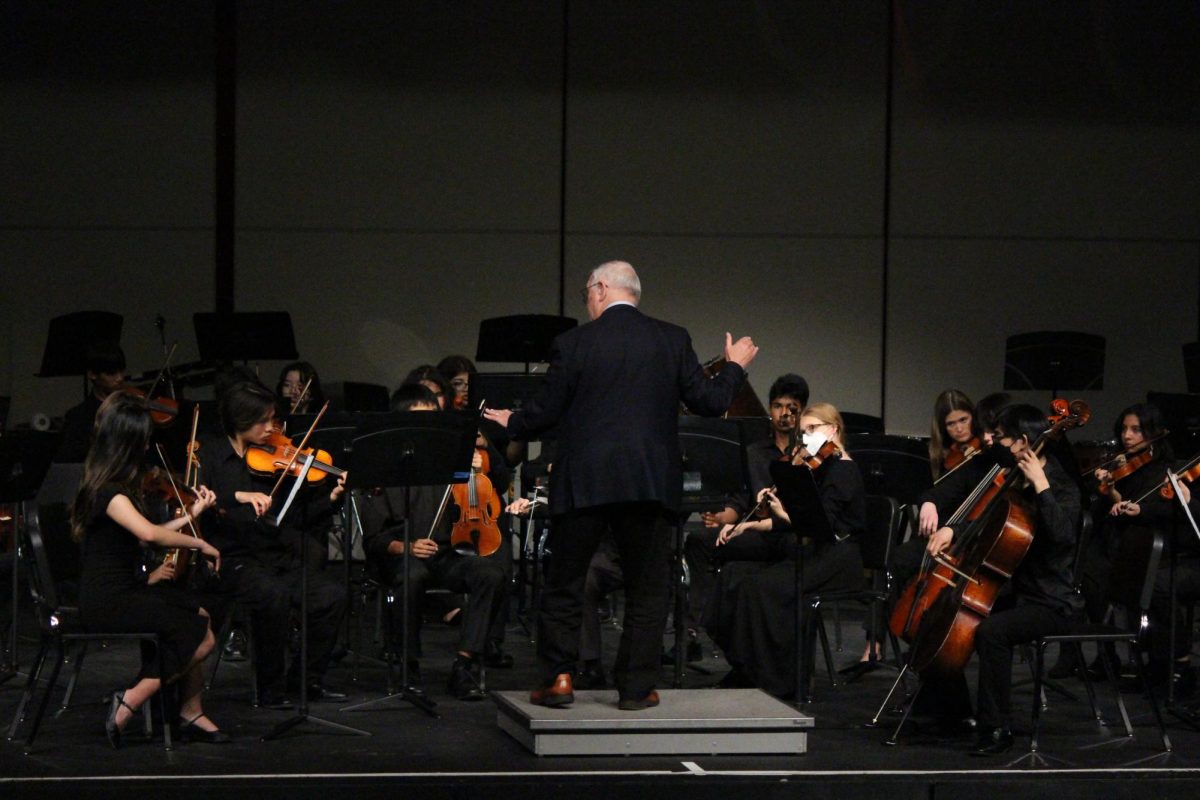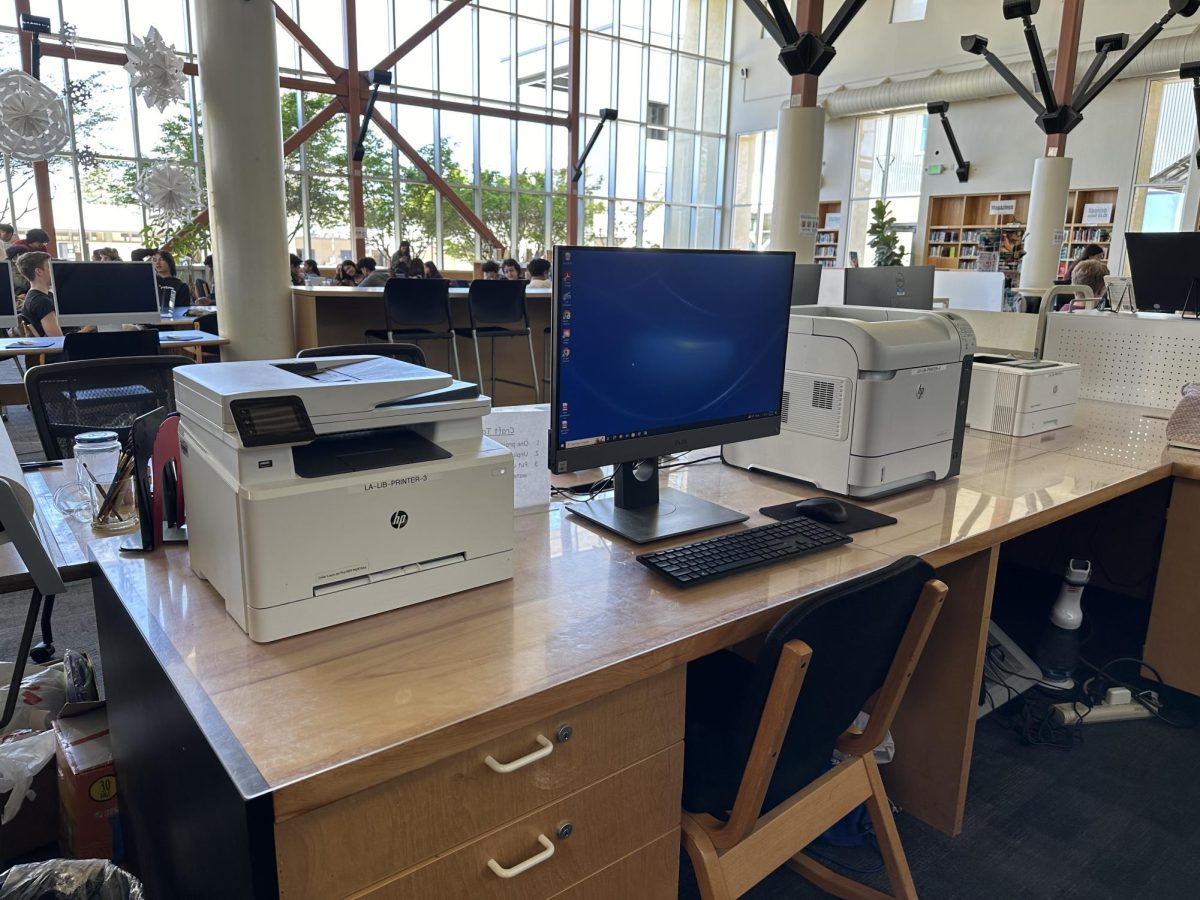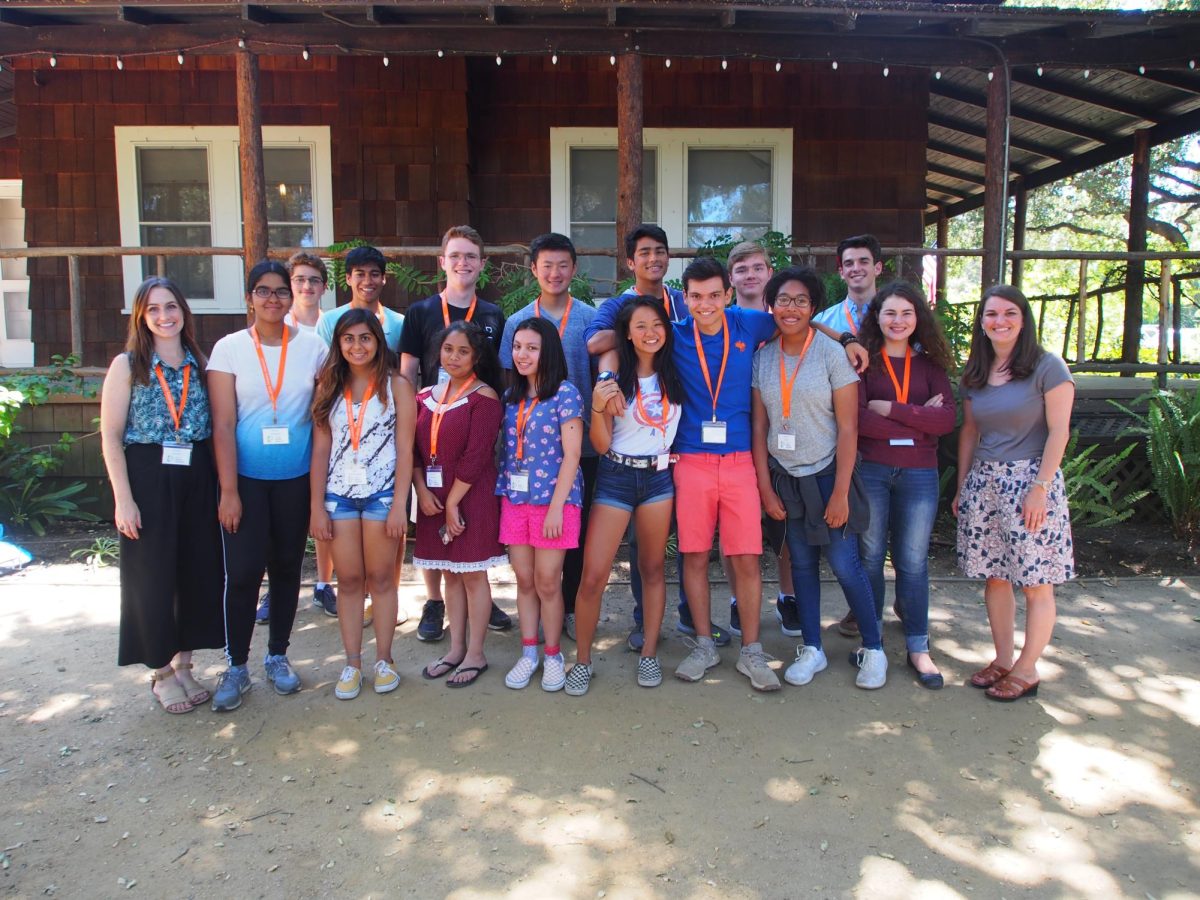Anyone who’s tried to access the internet from their own device at school over the past few months knows that the WiFi has been spotty and unreliable. Students and teachers alike have complained about the status of the internet and questioned why the estimated deadlines for the WiFi being fixed have continually been moved back. In light of this, The Talon has outlined the main points regarding the internet issue at school and provided answers to the most commonly asked questions about the overall upgrading process.
Here are the five main points:
1. Back during first semester of the 2013-2014 year, the school decided to upgrade to the school WiFi in order
a) to prepare for potential online Common Core trial testing which would require all juniors to take a test on the internet at the same time
b) to respond to the rapid increase in devices at school that can access the internet (smart phones, laptops, tablets)
2. The administration upgraded the school’s WiFi from a 100 megabyte per second bandwidth AT&T package to a 1 gigabyte per second bandwidth AT&T package–an upgrade that is intended to increase the school WiFi’s capacity by ten times.
3. This upgrade presented many challenges with the district’s firewall, the switches between inbound and outbound signals, the cabling and the individual WiFi access points in each classroom.
4. As of right now, the problems with the firewall have been solved. Roughly 60 percent of the districts’ switches between inbound and outbound signals have been rewired. All of the cabling has been upgraded. About 95% of individual WiFi access points have been installed, but many still have to be changed to a non-interfering frequency.
5. The district has set the new estimated date for completion at August 1, 2014.
Q&A Explanation:
Why did the district decide to upgrade the internet in the middle of the the school year?
The change in the Common Core by the California government involved ending STAR Testing and working towards implementing a new statewide test. The new Common Core test will involve tests that are taken entirely online. Thus, this past year when the government announced all of the changes in the Common Core, they explained that high schools across the state would be randomly selected to help pilot the new system. If LAHS was picked to help with piloting the new system, the school needed to be able to have the entire junior class on the internet at the same time, which was not possible with the old WiFi system (please note: Alta Vista ended up being the only school in the MVLA district to be selected by California for this pilot testing).
Around the same time, with the widespread increase of smartphones, laptops and tablets brought to school by students, the WiFi network proved to be incapable of supporting all of the devices accessing the internet at the same time. In some rooms, the WiFi would work for 20 connected devices, but if there was any more than 20 devices connected, not a single device would be able to access the internet.
Thus, with these two things in mind, the district decided to upgrade the school’s WiFi to a system that could support a much larger bandwidth while school was still in session. Starting in December of 2013, the district began to supervise an upgrade of the school’s WiFi from 100 megabytes per second bandwidth to a 1 gigabyte per second bandwidth.
Why has it taken so long for the WiFi to be upgraded?
The inbound bandwidth from AT&T was easy to upgrade because the school’s WiFi package simply had to be changed to the 1 gigabyte per second package. Unfortunately, many challenges arose from the fact that the school’s internet system had only been built to handle a bandwidth of 100 megabytes per second. All inbound and outgoing data has to travel through the school’s firewall, through the switch rooms–which direct the final destination of the signal–and then through the cabling to each individual classroom.
The technology at all three of these steps could only support a bandwidth of 100 megabytes per second, resulting in a bottleneck effect on the inbound WiFi–even after the school’s internet had been increased to a faster speed, it was still restrained to 100 megabytes per second. Consequently, the district has had to upgrade the technology at all three of these steps before eliminating the resulting bottleneck effect on the internet speed.
In addition to the bottleneck problem, the district has faced issues with the access points across the school. They installed new access points–which look like round disc-shaped boxes hanging from the ceiling–in every classroom; however, all of the access points were preset to the same channel, resulting in interfering frequencies. To solve this problem, IT workers have been going from room to room changing the channels of each access point. This is a long process, especially when school is in session, and has not yet been completed.
Why did the district turn off the old WiFi network before the new one was fully-functioning?
At one point, both the old network and the new but not fully-functioning network were running at the same. The presence of both networks created major interference problems and thus the district had to turn off one network. They could either completely halt all their work on the new network and keep the old network, or they could continue working to improve the new network and turn off the old network. Ultimately, the district decided they wanted to keep moving forward with the upgrading process and so they turned off the old network and continued to resolve the issues with the new network.
What’s the current status of the WiFi?
The firewall and all of the cables across the school have been upgraded or replaced and can now support the faster bandwidth. The district has slowly been changing the switches and currently 60 percent of the districts’ switches can support the new connection speed. Many of the access points have been tuned to non-interfering channels but there are still many left to change.
The district reports that it has focused on providing WiFi to academic classes before other areas on campus such as the gym and the locker rooms.
When will everything be done?
Currently the district has paused most of the work on the WiFi system for finals week. As soon as school is out of session, they will resume work and plan to be done by August 1.








